Iran’s 6% share of the world turnover of Iranian saffron
The head of the Iranian Genetics Association stated that 90% of the world’s saffron is produced in Iran, while only 6% of the turnover from the sale of saffron goes to Iran.
Referring to the applications of biotechnology, Mahmoud Toulaei, at the transgenic meeting of angles and views, introduced this technology as one of the most important technologies of the 21st century and added: Today we use 1.5 times the capacity of the environment and this type of consumption means loss of capital. Is the core of the country and if we can not quickly restore environmental capacity, human living conditions will be impossible.
He said that today the recycling of pollutants and the restoration of the environment and prevention of its degradation is possible using biotechnology methods, he continued: the most difficult effluents are related to the textile industry and biotechnology knowledge is able to remove these pollutants, the most important environmental pollutants Which are hard carbon and can not be eliminated in any way, using biotechnology methods.
There are many requirements in the industry that can be met using biotechnology techniques, such as the extraction of low-grade mines, Tulayi said, referring to the role of microorganisms in regenerating the environment and removing pollutants.
He explained in this regard: In mines such as Moteh of Delijan gold, the mountain is destroyed and its gold stone is extracted, these stones remain in calm pools in solutions that contain cyanide; This substance can penetrate groundwater and its evaporation can damage the lungs.
Emphasizing that biotechnology methods can play an important role in this regard, the head of the Iranian Genetics Association said: Specialists in this field identify microorganisms that can feed on mineral elements by screening around the mine, and the genes of these microorganisms are isolated and isolated. Bacteria that multiply rapidly multiply, and thus, instead of destroying the environment, they are mined using bio-selling methods and at a lower cost.
Application of biotechnology in oil
More than 75 percent of the world’s oil revenues come from countries that do not have oil, he said, referring to the applications of biotechnology in the oil sector.
Emphasizing that these countries are dominated by knowledge, Tulayi said: They buy oil from countries with oil mines at low prices and sell it by processing it at high prices.
The head of the Genetics Research Center of Baqiyatallah Azam University of Medical Sciences, referring to the situation of saffron production in the country, said: Although 90% of the world’s saffron is produced in Iran, but only 6% of the turnover from saffron sales goes to Iran and the rest goes to It is the countries that process and use it in cosmetics, pharmaceuticals, perfumes and food industries.
Agricultural capacities of Iran
Tulayi continued: In Iran, there are species that grow in the coldest and warmest regions, we have some species resistant to drought, dehydration and salinity of sea water and we can use biotechnology to transfer these traits to target plants and In this way, we are able to manage the country’s climate based on the country’s needs.
We have no choice but to move to biotechnology today, he said. We will have outside.
The head of the Iranian Genetics Association said that the country’s largest water resources are located in the Oman Sea and the Persian Gulf, which cannot be exploited in the field of agriculture due to salinity, and said: 10 products with the highest volume of imports, at least 6 of them are related to food and agriculture.
Referring to the existence of more than 25 colleges and research institutes related to agriculture, thousands of documents and tens of thousands of graduates in related fields, he noted: Currently, the official annual import of agricultural pesticides is about $ 900 million due to reduced fertility and capability Soil and the presence of plant pests and diseases is about five times the per capita consumption of toxins in Europe, so with this amount of toxins we consume toxins with food.
Tulayi added: On the other hand, a lot of residues and toxins enter groundwater aquifers through agricultural products or water in paddy fields, while the toxin is absorbed by farmers in the field through paddy farmers’ feet.
According to him, the evaporation of paddy water due to the presence of toxins causes air pollution, which has been proven to cause cancer and many incurable diseases through these toxins.

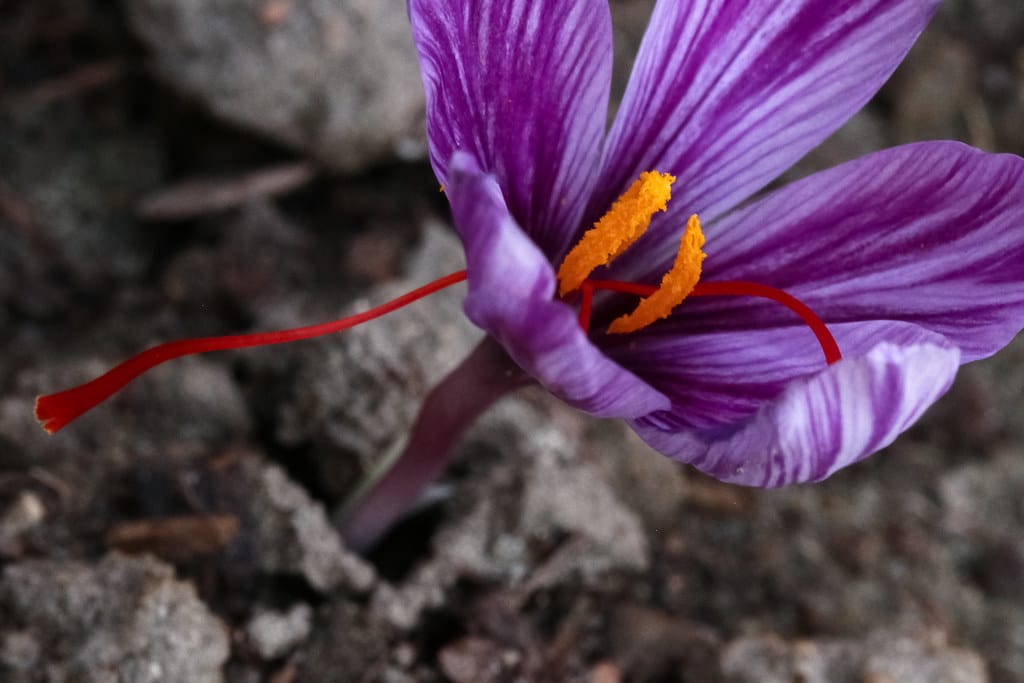
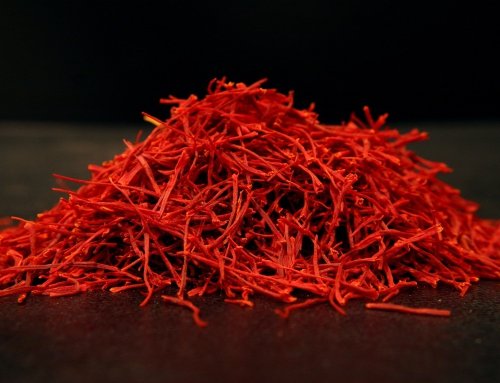
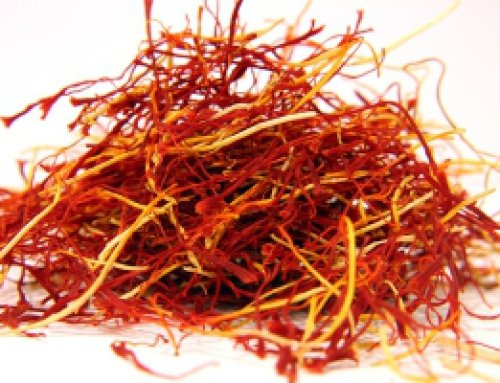
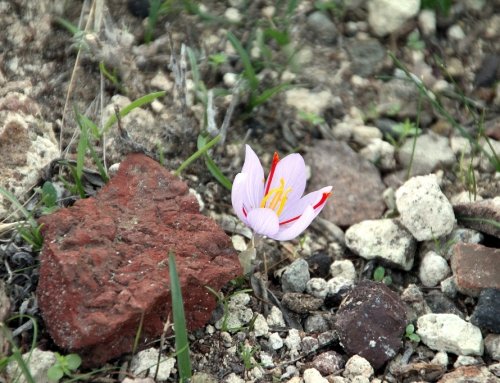
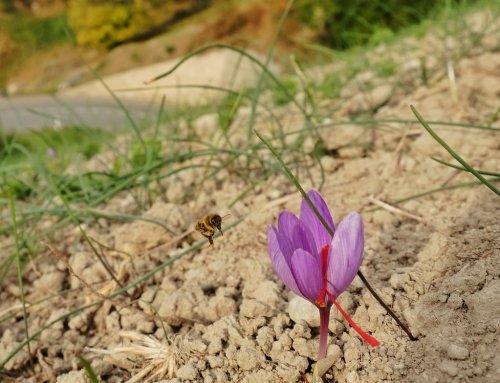

Get Social